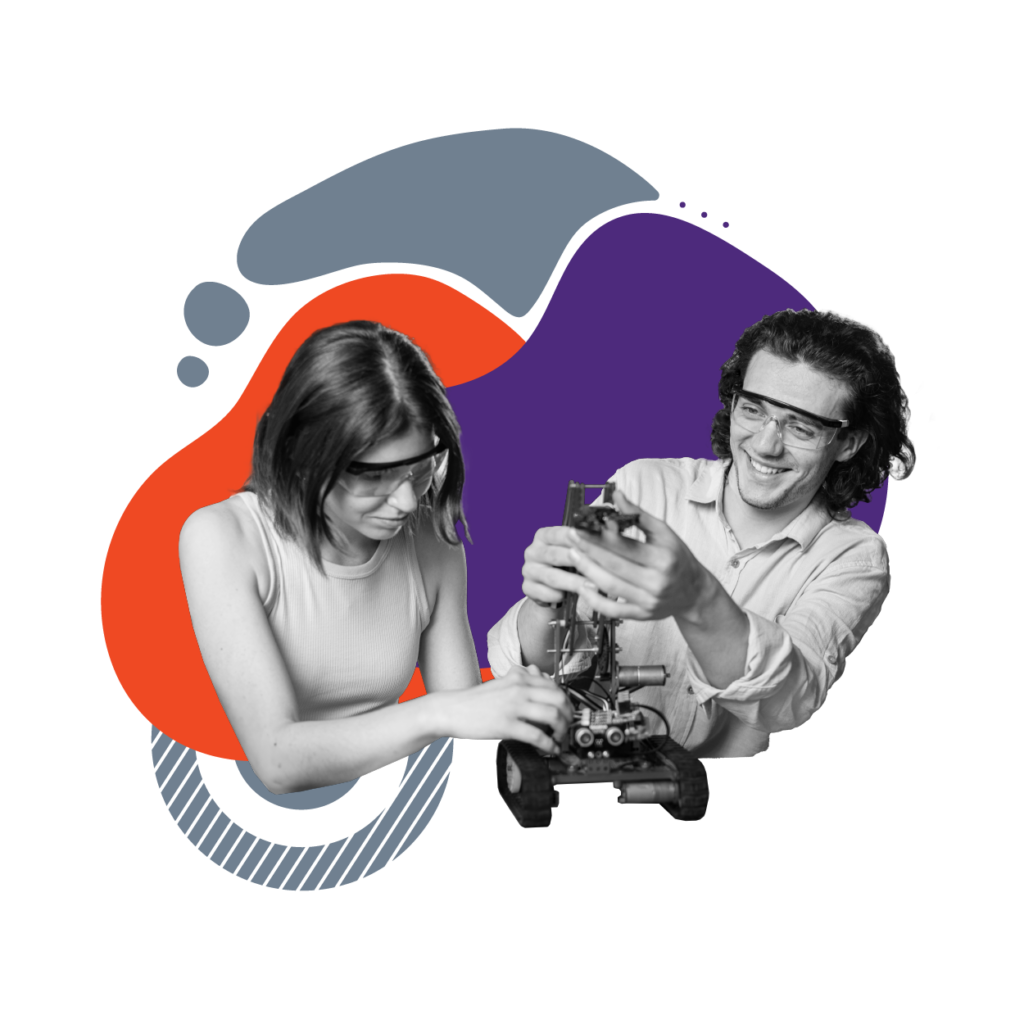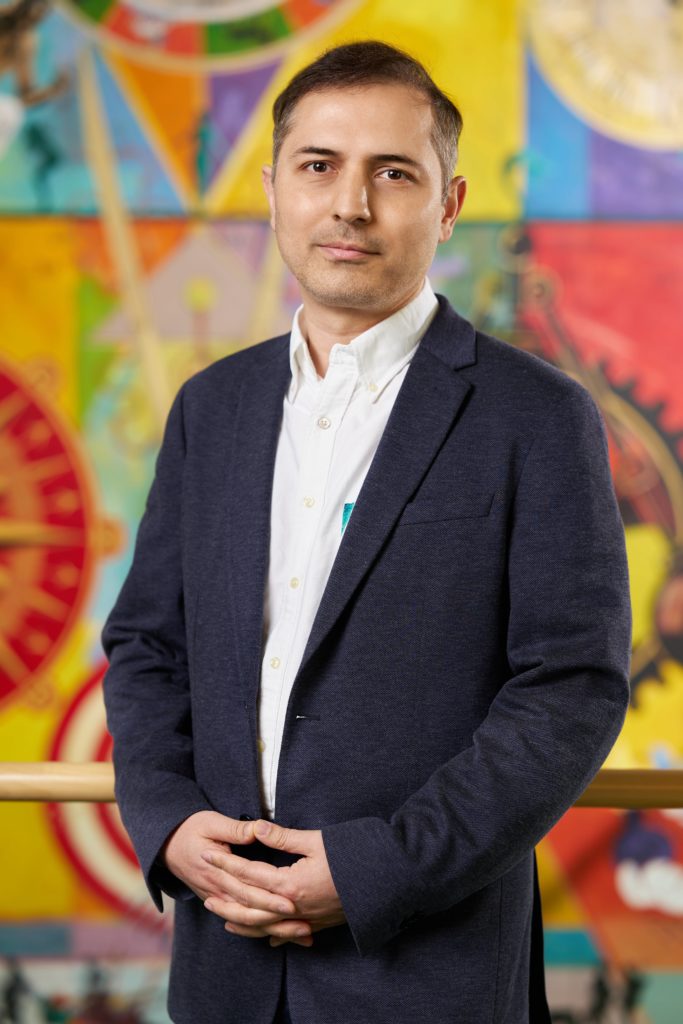Young Researchers

Young researchers shape our future. Bringing their innovative ideas into our projects, they contribute not only to the excellence of SnT research, but also to our impact in society. They take our research to the next generation.
In this edition of the series, we feature Dr Mohammad Alaee and his research on the utilisation of radar technology for indoor sensing.
Dr Mohammad Alaee, research scientist at the Signal Processing Applications in Radar and Communications Research Group (SPARC), gave us some insight into his research, reflected on how his project will shape the future, and shared his future plans with us.
Mohammad, what are you working on in your research?
In our long-standing partnership with IEE, we are working on applications of radar for indoor sensing. Radar indoor sensing with its endless possibilities is just at the beginning. Using radar, we can improve health applications, in-car sensing, and create smarter buildings with more advanced and efficient monitoring systems.
What is the motivation of the project?
Radar is a diverse technology that has found many applications, from military to autonomous driving. For example, a military radar which has one kilometre antenna array can detect all moving objects from 5000 km away in real time. At the Luxembourg airport, surveillance radars provide a comprehensive area space coverage to help aircraft take off and land. In addition, radar is one of the tools for monitoring weather, enabling meteorologists to provide accurate forecasts and timely warnings to keep people safe. In-car radar sensing introduces features such as adaptive cruise control, autonomous emergency brake, and blind sport detection. For the future of radar, indoor sensing brings new and endless possibilities.
What is the solution in the project?
Indoor radar sensing is just at the beginning of where this technology can take us. Using radar, we can improve in-car sensing and create smarter buildings with a more advanced and efficient monitoring system. This game-changing technology is also opening up new possibilities for enhanced security. The IEE’s new product “VitaSense” is an innovative commercial radar system that can detect the vital signs of sleeping newborns in-car. When an unattended child is detected, the vehicle’s alarm and communications systems can alert caretakers or passers-by that a child is still present in the car, helping save lives. With the ability to remotely monitor patient’s heart rate and breathing rate, healthcare professionals can provide continuous care without physical contact using radar technology.
How does this project shape the future?
With “VitaSense” IEE and SnT are paving the way for making a more save health care system. This will make a significant difference for patients everywhere. Whether it is in-car sensing or health care applications: Contactless monitoring using data can detect health changes before symptoms appear, leading to a more convenient detection of health issues and more effective treatment.
What inspired you to work in research at SnT?
Research at SnT offers a unique blend of academic rigour and real-world impact, which deeply resonates with my professional aspirations. The interdisciplinary environment fosters collaboration across domains, enabling innovative solutions to complex challenges. Moreover, SnT’s commitment to pushing the boundaries of technology aligns perfectly with my passion for advancing radar systems for societal benefit. Joining SnT was a natural choice for me to contribute meaningfully to cutting-edge research while addressing pressing global needs.
What are your future plans?
Looking ahead, my focus remains on leveraging radar technology to address emerging societal needs and enhance human well-being. I aspire to deepen collaborations with industry partners to translate research findings into practical solutions that positively impact diverse sectors, from healthcare to transportation. In addition, I am committed to nurturing the next generation of researchers by mentoring students and fostering a culture of innovation within the academic community. Continuously pushing the boundaries of knowledge and innovation, I aim to contribute significantly to the advancement of radar technology and its applications for the betterment of society.
About Mohammad: Dr. Mohammad Alaee-Kerharoodi joined SnT in 2017 as a research associate and currently is a research scientist while overseeing the radar lab’s activities and prototyping, as well as mentoring junior colleagues, supervising Ph.D. students, and organising workshops and tutorials at various IEEE conferences. Dr Alaee-Kerharoodi’s research has led to significant contributions in the development of new algorithms and methods for waveform design and signal processing, resulting in over 100 peer-reviewed publications. He also published a book on “Signal Design for Modern Radar Systems” with Artech House in 2022.
This article was originally published on 8 March 2023.
